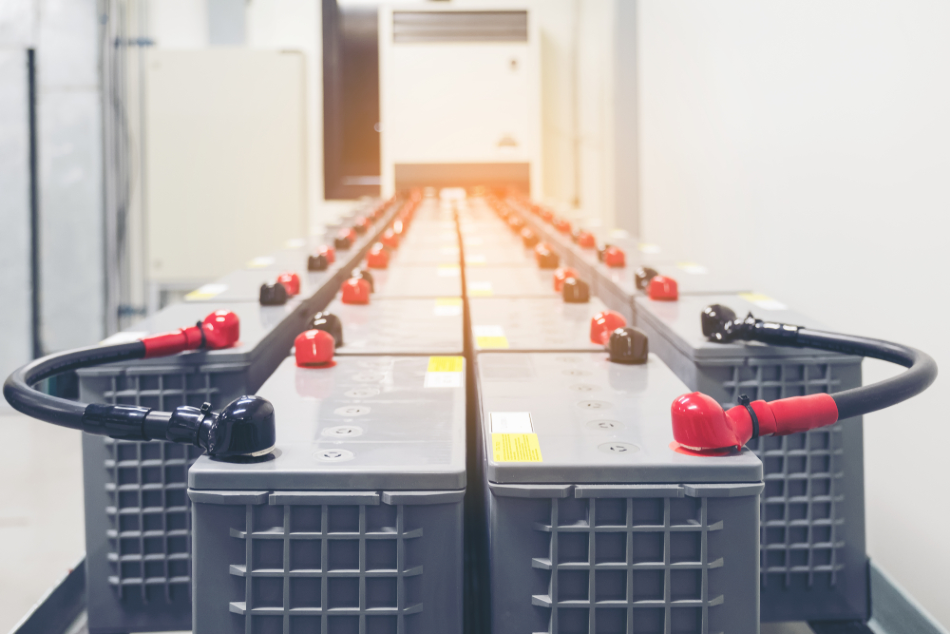
Image Credit: tong patong/Shutterstock.com
When discussing the applications of polymers with nanomaterials, many people automatically consider synthetic polymers. However, there is a range of naturally occurring polymeric materials out there with very good properties that are often better suited to some applications than synthetic polymers.
One of the main naturally-occurring polymers is cellulose, which is in abundance across the Earth since it is found within the cell wall of plants and trees. Cellulose is a linear-chain polymer consisting of hundreds to thousands of glucose molecules held together through β (1-4) glycosidic bonds, with an overall chemical formula of (C6H10O5)n. It is a natural polymer that is both well-known and well-used throughout different industries.
Cellulose as a Nanomaterial
Aside from being a common natural polymer, it also one that is found in a nanoform. Known as nanocellulose, it is like any other nano-sized polymer in that it is a cellulose material at the nano-level, but there are in fact a number of different types of nanocellulose in existence. The main types include cellulose nanocrystals (CNCs) and cellulose nanofibers (CNFs), both of which are available commercially.
Nanocellulose has a range of properties that make it a useful material, including being transparent, electronically conductive, having a high tensile strength, and being highly tunable due to an ease of functionalization on the surface (making nanocellulose a viable option for many different applications).
Moreover, the biological nature, product abundance, and ease of large-scale manufacturing make it a low-cost and eco-friendlier alternative to many synthetic polymers.
Nanocellulose in Energy Storage
Nanocellulose is a material that is available commercially. Its most notable application is in food packaging as a biological and eco-friendly alternative to conventional packaging materials, but it is also present in a range of applications. One that is currently being investigated is it’s use within energy storage applications.
Ultrathin Energy Storage
Nanocellulose could be used to create ultrathin devices that can store energy in ways that are only possible by a few select means. While the capacities of these devices may not be as high as other devices, the use of nanocellulose helps to improve the capacity of renewable energy storage by opening areas that might not be otherwise possible. Therefore, nanocellulose could be used to improve the overall capacity of energy storage as a complete area.
There are a number of different devices that have been fabricated which fall into this area. These range from 1D devices which take advantage of the fibrous nature of nanocellulose to 3D hybrid networks.
Specific examples include 1D nanocellulose macrofibers which are embedded with porous carbon materials to act as wearable supercapacitors and 1D macrofibers which are coated with carbon nanotubes to act as electrolyte reservoirs.
On the 2D side, examples include using nanocellulose as a substrate material for 2D materials (such as graphene and hexagonal boron nitride) in paper batteries and supercapacitors, as well as using nanocellulose as a separator membrane in paper-based devices.
In terms of 3D architectures, nanocellulose has been used in various parts of energy storage devices to improve the electrochemical performance of the devices, including within the electrodes, current collectors, and separator membranes, to name a few of the most common.
Flow Batteries
One of the latest pieces of research has come out of Northeastern University, where they have used cellulose-derived nanomaterials as a membrane within flow batteries to store energy which has been harvested from renewable energy sources, such as solar and wind power.
Flow batteries are very large batteries which use big tanks full of electrolyte to store and generate charge. While the size of the tanks is key to the amount of energy being stored, there is a selective ion membrane that is also a key component, as it facilitates the movement of hydrogen ions that balance out the charges formed on either side of cell.
However, many of the membranes in use within flow cell batteries degrade very easily, causing the electrolyte solutions to mix and reduce the stability and capacity of the battery over long time periods.
Nanocellouse materials may be a better membrane material than most of the commercially available materials in use today. The most recent piece of research on this area employed CNC nanocellulose mixed in a composite with poly(vinylidene fluoride-co-hexafluoropropylene) (PVDF-HFP).
The result was a membrane that was highly hydrophobic to the electrolyte, meaning that it was much more stable over long time periods. This alone means that the capacity of these batteries can be improved over time because the efficiency of the battery is extended over a longer usable life.
The membranes were found to have a high proton conductivity due to the hydroxyl and acidic sulfonate groups within the membrane. The batteries which employed the membrane were also found to have a high Coulombic efficiency, current density and energy efficiency, and were tailored to storing renewable energy at a fraction of the cost of existing Nafion membranes.
Because of the abundance of materials and the scalable technology developed, these membranes could also be used in complex power grids that can accommodate energy from both renewable and non-renewable energy sources.
References and Further Reading
- Nanowerk: https://www.nanowerk.com/nanotechnology-news2/newsid=54588.php
- “Stable and Highly Ion-Selective Membrane Made from Cellulose Nanocrystals for Aqueous Redox Flow Batteries”- Zhu H. et al, Nano Letters, 2019, DOI: 10.1021/acs.nanolett.9b03964
- “Nanocellulose toward Advanced Energy Storage Devices: Structure and Electrochemistry”- Hu. L. and Chen C., Accounts of Chemical Research, 2018, DOI: 10.1021/acs.accounts.8b00391
Disclaimer: The views expressed here are those of the author expressed in their private capacity and do not necessarily represent the views of AZoM.com Limited T/A AZoNetwork the owner and operator of this website. This disclaimer forms part of the Terms and conditions of use of this website.